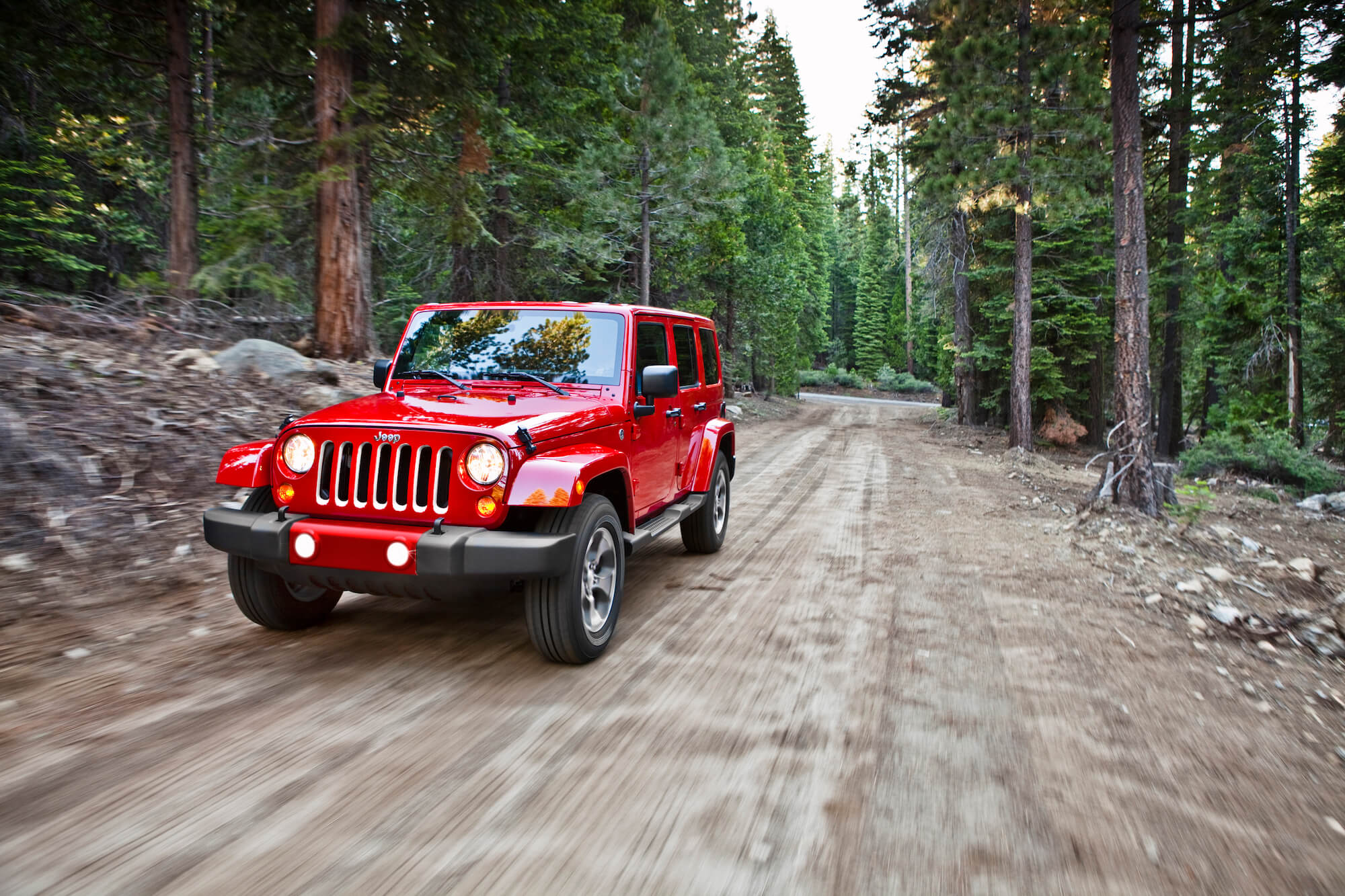
No matter how durable your car is, the engine temperature gauge needs to be monitored regularly. Jeep owners know how capable their vehicles are, but when it comes to overheating, the engines become sensitive and immediate action needs to be taken in order to preserve the engine’s condition.
In this article, we’ll talk about why your Jeep might be overheating, and what are the possible causes. We’ll also talk about what you can do if overheating occurs.
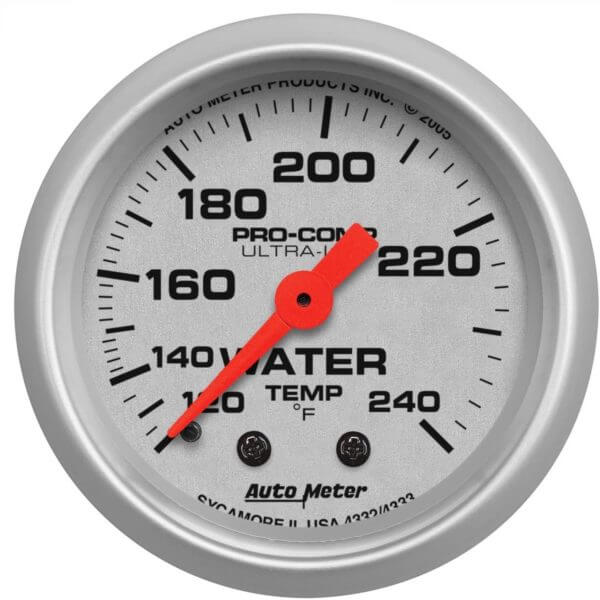
Common Causes Why Your Jeep Could be Overheating
There are dozens of issues that can lead to your Jeep overheating. In some cases, the fix is simple and inexpensive, while other issues cost a lot more to fix, and can lead to more serious damage.
One of the most common reasons why your Jeep is overheating could be that your coolant level is too low, or that your coolant is contaminated.
The second most common reason for Jeep overheating is a defective thermostat. A thermostat is used to monitor engine coolant temperature, and as soon as it reaches a certain level, the thermostat opens and allows coolant to flow. A bad thermostat doesn’t open properly.
A faulty water pump can also lead to engine overheating. Without a properly working water pump, the engine won’t be able to cycle the coolant through the cooling system.
A faulty head gasket can also lead to loss of coolant, which in turn, leads to the engine overheating.
There are, unfortunately, other causes for the Jeep engine to overheat, but these are the most common ones you should look out for.
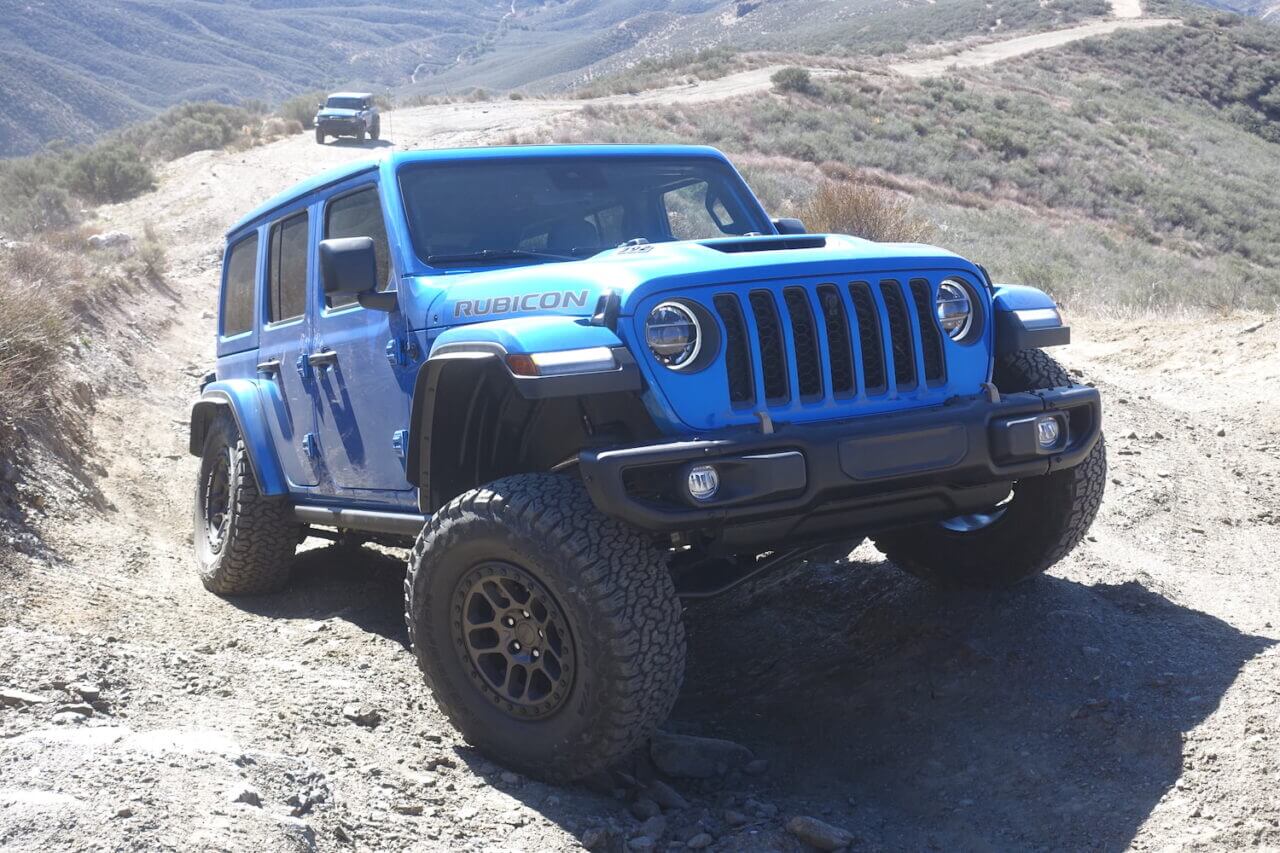
Contaminated/Insufficient Coolant
Unless you’ve intentionally contaminated the coolant, there’s an underlying issue that caused the contamination. This can happen when you have a bad head gasket or a cracked cylinder head. You can easily spot contaminated coolant because there’ll be sludge from the oil in the coolant mixture.
Insufficient level of coolant can be caused by many things, some of which include a cracked head gasket, faulty radiator, cracked hoses or clamps, but also from not filling the coolant to the required level.
Whether the coolant is contaminated, or there’s just not enough coolant in the system, the result will be the same – your engine will start running hot. If you notice this right away, you can react quickly, shutting the engine off to prevent the engine from complete failure. Once you notice the engine has exceeded its optimum temperature, try not to use your Jeep until you’ve resolved the issue.
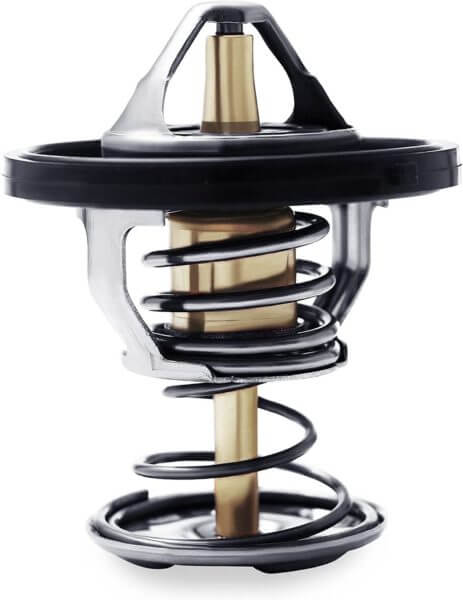
Inaccurate or Defective Jeep Thermostat
A faulty or inaccurate thermostat can cause either overheating or issues with reaching the optimum operating temperature. Overheating can quickly lead to engine damage, however, an open thermostat can also cause engine issues due to the colder operating temperature.
Neither option is good for your Jeep’s engine, but overheating will destroy your engine in a matter of minutes compared to when the engine isn’t running at optimum temperature.
For most cars, including Jeep, the thermostat is an inexpensive component. Replacing it usually doesn’t take long, and no special tools are required for the job. Even if you decide to have an experienced mechanic do it for you, it shouldn’t take more than an hour or two.
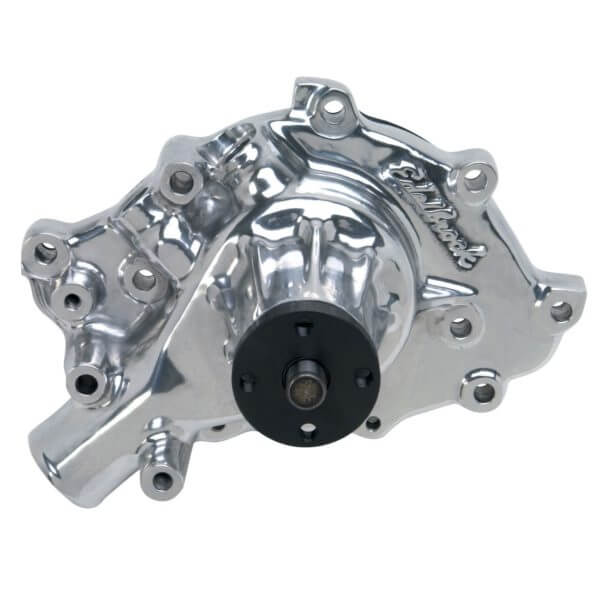
Malfunctioning Water Pump
The water pump isn’t a part that needs to be replaced due to maintenance, but it’s a common point of failure after half a dozen years or so. It’s supposed to circulate coolant throughout your Jeep’s engine, but when it goes bad, the coolant flow isn’t strong enough.
A water pump can leak from the seals and lose coolant, or the fins on the impeller can break or corrode away. Depending on the location of the water pump, leaking coolant can be hard to detect. Even if the water pump doesn’t leak coolant, in case of malfunction, the coolant won’t be able to cycle the entire cooling system, significantly decreasing the effectiveness.
Water pumps should often be replaced every 100,000 miles, or sooner if you notice an issue with the cooling system. Although they’re built to last a long time, periodically checking it will prevent engine overheating due to water pump issues. This is one of the parts you should replace with a high-quality aftermarket replacement.
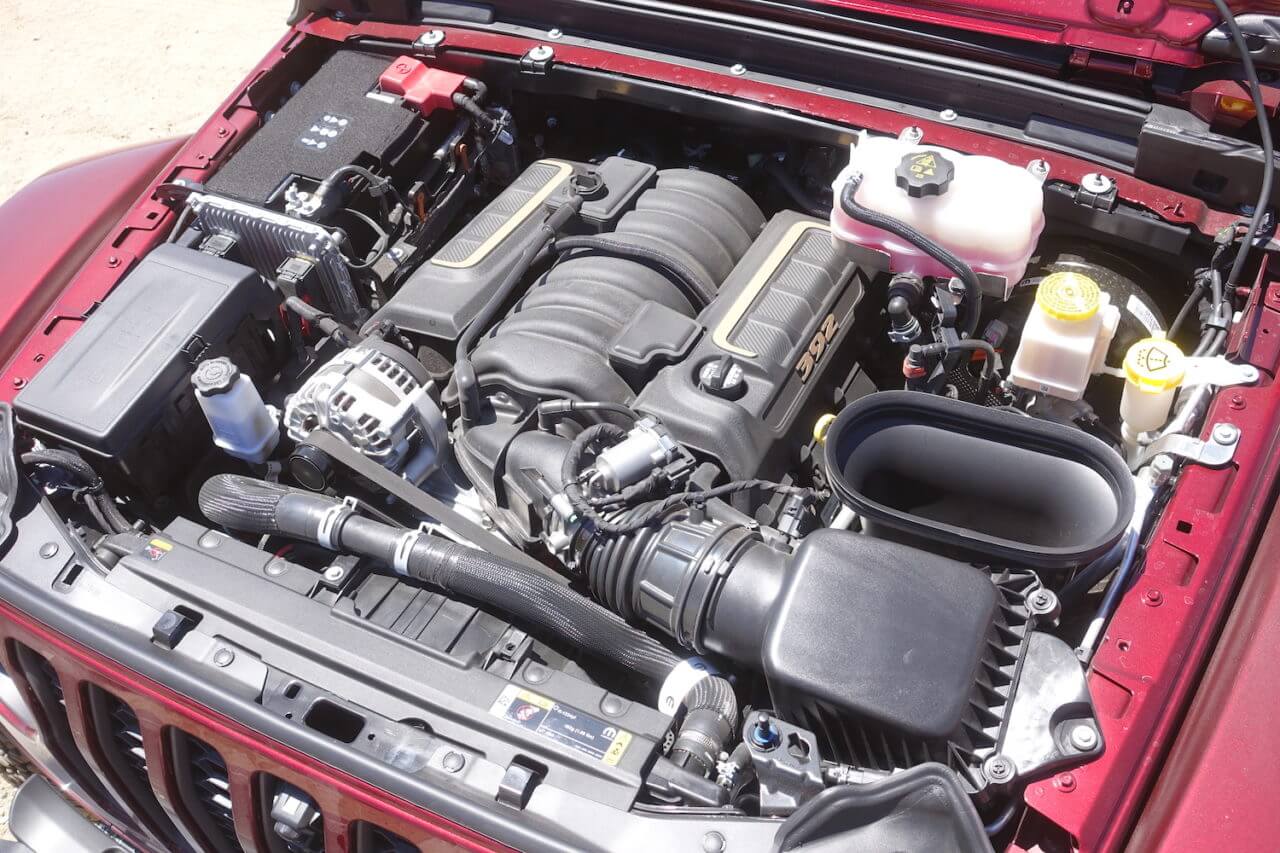
What to do if Your Engine Overheats
If you find yourself in a situation where your engine is overheating, there are a few things you can do to keep your engine from getting too damaged to repair.
If the engine temperature needle just crossed the optimum temperature level, turn off the AC and all other auxiliary equipment, and turn on the heating. This will reduce stress on the engine and give you a few minutes to find a suitable spot to pull over.
If you notice steam coming from your hood (similar to white smoke), don’t try to open the hood because there’s possibly a leak under pressure that can burn you if you’re not extremely careful. Allow the engine to cool off, and once the steam is gone, you can open the hood to inspect the cooling system. Don’t grab the hood with bare hands because it might be hot from the coolant.
Once you pull over, turn off the engine and let it cool for some time. Let it cool off for at least 30 minutes. When you pull over, DO NOT try to open the coolant reservoir because it will be under pressure and you can burn yourself with boiling coolant. At this moment, you can visually check if you can see a leak around the hoses, radiator, water pump, or reservoir. If you can sense a sweet smell when you open the hood of your car, it’s a clear sign that there’s a leak somewhere.
Once the engine has cooled off, you can try opening the coolant reservoir slowly and topping off the coolant if you have some. If you have insufficient coolant, adding more to the reservoir will allow you to continue your trip, but if there’s a leak, you should call a towing service to preserve the condition of your Jeep’s engine.



2